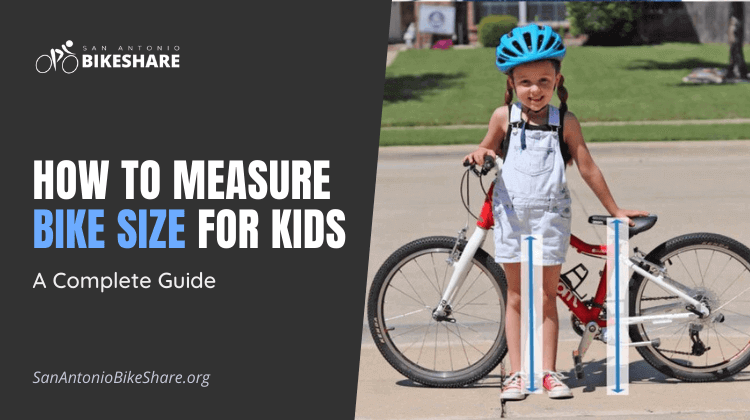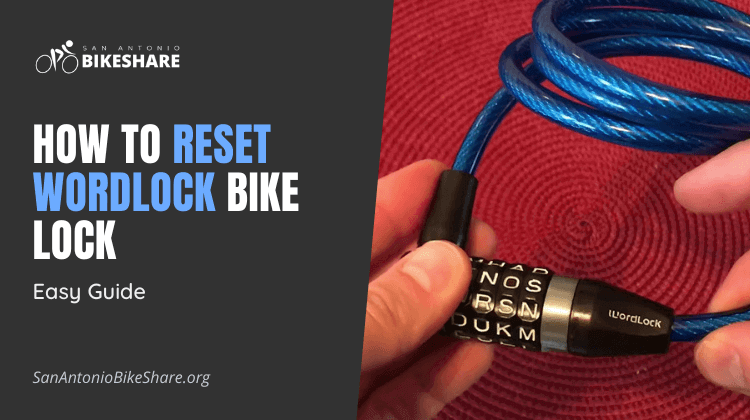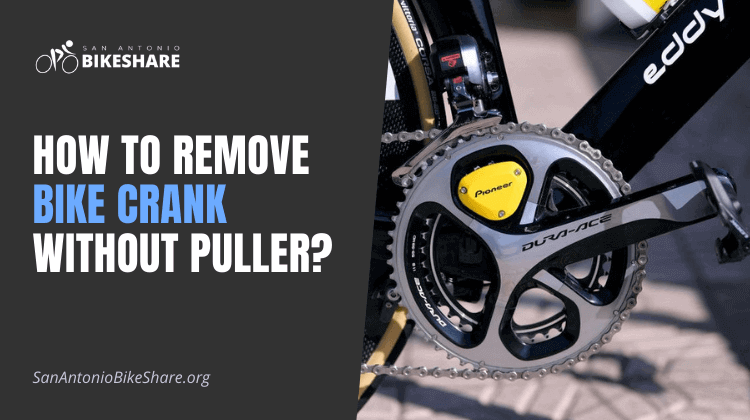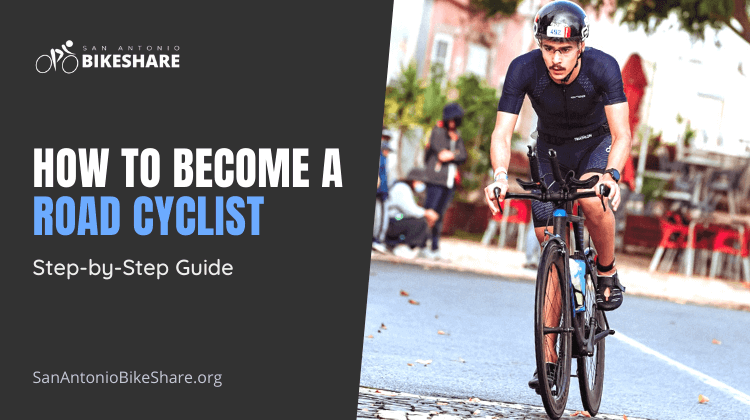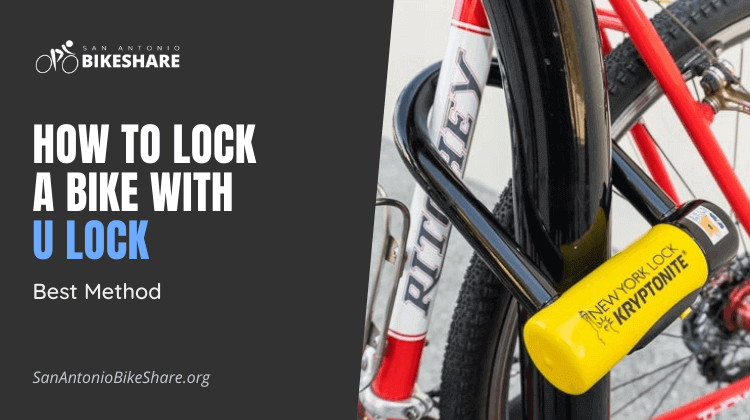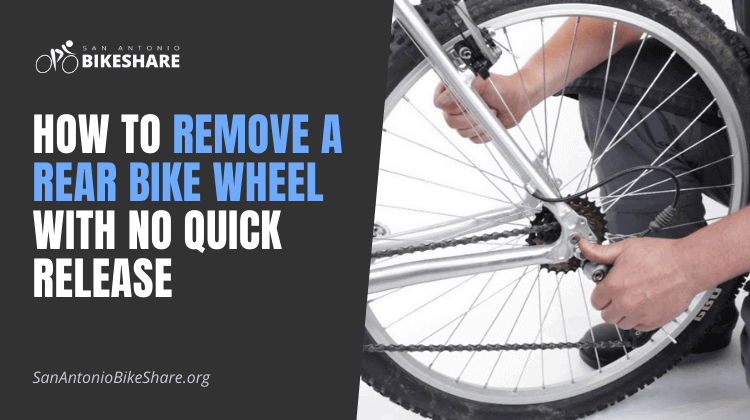How to Measure Bike Size for Kids: A Complete Guide
Do you know how to measure bike size for kids? If you answered no, then you have come to the right spot. Keep scrolling to learn the method.
A bike ride is the most effective approach to pique a child’s sense of adventure.
Every child is special and unique. You must choose a bicycle size that is suited for your child’s individual needs when purchasing a bicycle for them.
Because kids’ sizes change over time, you should double-check their sizes whenever you buy them something, whether it’s sneakers or shorts. Bikes are no exception, and when choosing a child’s bike, it’s important to make sure it fits properly.
There are numerous elements to consider when sizing a child’s bike. To begin with, they’re not the same size as adult bikes, so forget everything you think you know about your own bike’s size.
A bike that is too big for your child might ruin their riding experience and even cause accidents. If a child’s bike is too big or too small, it might ruin their first biking experience and lead to accidents.
This kids’ bike sizing guide will show you how to measure your child for their first, second, or third bike, as well as provide you with an overview of children’s bike sizes. We’ll help you choose the proper bike size based on rider experience, height, and inseam, rather than adopting broad and inaccurate age sizing.
So, how to measure a kid’s bike? You can follow the below guide to help yourself.
How Do You Know What Size Bike to Get a Child?
Because age categories don’t always work, our kids’ bike sizing guide isn’t based on them. Each child is unique; no two five-year-olds are the same height or size. We’ll identify age groups to point you in the right direction, but when it comes to selecting the ideal bike, you want it to be a great fit for you.
The best way to determine the right bike size for your child is to look at the wheel size. Previously, the height of your child was used to determine the suitable wheel size for bicycles. The issue with this method is that the size of the bicycle is not only determined by the size of its wheels.
Bikes, like kids, are available in a wide range of sizes and shapes. Two children’s bikes with 20-inch wheels may seem and fit considerably differently. The heights of the seat post and stand-over differ widely between bike types and brands.
As a result, we recommend that each child have their perfect bike measured. After all, this bike is more than just a bike. It’s the first step toward self-sufficiency, confidence, fun, and adventure. To ensure accurate sizing, it’s a good idea to collect measurements.
How to Measure Bike Size for Kids
Our bike size guide will help you figure out which of our children’s bikes will fit your child the best. We use a sizing system based on the children’s height and inseam measurements. This approach allows kids to sit on the saddle with two feet on the ground. You can move up or down in size if they’re in the middle, depending on their age, confidence, and skill level.
Measuring Bike Frame Size?
The frame size is commonly used to measure bicycles because not all bike models and manufacturers use the same frame measures. Use a tape measure to establish the frame size. Measure the bike’s frame from the middle of the crank axle to the top of the seat tube.
You’re probably familiar with the method of sizing a bike by looking at the frame, which is a normal technique for adult bikes. The wheel size and inseam are commonly used to determine youth bike sizing. You’ll almost probably get the wrong size if you order a child’s bike, assuming the measurements correspond to the frame size.
Measuring Kids’ Bike Wheel Size?
When buying a child’s bike, models will be classified by wheel size and measured by the diameter of the wheel. Balance bikes with wheels as small as 10 inches are available. The smallest pedal bikes for kids have 12-inch wheels, and the largest pedal cycles for children have 24-inch wheels. If your child is older, he or she is usually ready for a ride designed for adults.
Measure the wheel diameter in inches using the wheel’s outside diameter when the tire is mounted on the rim. Measure from the top to the bottom of the current tire with your measuring tape. The diameter of some tires is inscribed on the tire itself if you don’t have a measuring tape.
The diameter of your child’s wheels is a crucial consideration. On the other hand, many brands will give you a kid’s sizing chart that matches wheel size to a certain age group or bracket. Instead, measure your child’s inseam to obtain a better idea of what would be appropriate for them as a person, not just for their age group.
Measuring Inseam of a Kid’s Bike?
This method requires taking measurements of your child’s inseam or inner leg length, as well as the seat height of the bike. Having the child stand against a wall with their back flat is the easiest way to measure an inseam. With an inch tape measure, measure the distance between the crotch of your child’s jeans and the floor. Unlike when measuring pants with a tailor, this in-seam measurement should go to the floor, not the ankle.
Then you may narrow down your bike search to models with tire sizes that are close to the inseam range. Even if your child is in between sizes, they should sit on a few different bikes to figure out what size they are.
Which Method Is Best to Use?
Measuring your child’s inseam and comparing it to the bike size chart is the most precise approach to finding the right bike for them. The inseam measurement should be used in conjunction with the wheel size as a guide. Put your child on the bike, check the fit, and then, if at all feasible, take them for a test ride outside.
In Between Sizes?
When selecting whether to go up or down a size, take into account your child’s height, confidence, and expertise. A more experienced rider can handle a larger bike, whilst a less experienced rider would benefit from something smaller.
Is Bike Size the Only Thing That Matters?
Size is vital when buying the right bike for your child, but it isn’t the only factor to consider. You should think about other factors after you’ve decided on the bike size that best suits your child’s needs. The weight, geometry, brake type, and tire type of the bike are all aspects to consider. For older youngsters, gear speed is also a consideration.
Nothing compares to a child’s sense of wonder when they are on two wheels. Learning to ride a bike requires both mental and physical effort. It’s a wonderful feeling. Each child, however, is unique and develops at a different pace. You should also consider your child’s ability and maturity while selecting a bike.
Whether or not your child is ready to ride a bike with more advanced equipment like hand brakes or gears depends on his or her maturity and coordination. Take your child for a test ride before making a purchase to establish his or her mental riding level, confidence, and competence.
How Should a Kids’ Bike Fit?
One of the most common mistakes we see parents make when buying a bike is choosing a size that is too big, expecting that their child would grow into it. A bike and a pair of sneakers are not the same things. Bikes that are too big for kids can be difficult to ride and can throw them off balance, which can be deadly. The wrong-sized bike, especially for a first bike, can stifle learning and undermine self-confidence in your child.
It’s possible that your child is riding the wrong size bike if they are having difficulty riding a bike. Observe these visual signals and take measurements to find out. This is how a properly sized bike should fit.
Seat Height
Your child’s seat height is a crucial sizing indicator. Bike seats may be adjusted, so double-check that your child’s seat is adjusted to their current height on a regular basis. Changing your child’s bike’s seat height allows him or her to grow without having to buy a new one.
A child’s first bike seat should be adjusted so that your child can sit comfortably with their feet flat on the ground. Once your tiny rider is more comfortable on pedal cycles, you can modify the seat so that only their toes touch the ground.
Knee Height
Your child’s knee posture on a bike is proportionate to his or her seat height. Your child’s knees will bend more if they are still learning to simply place their feet on the ground. As kids acquire confidence, you can raise the seat height to allow for better pedaling and complete leg extension.
Pedals
When it comes to determining whether or not a bike is too big, the pedals are often a useful sign. Your child will have trouble reaching the pedals if the minimum Seatpost height of a bike is more than 1-3 inches longer than their inseam. If kids can’t reach the pedals, they won’t be able to learn to ride a bike properly, and they’ll be more likely to have accidents while attempting to do so. Adjust the seat so that kids can reach the pedals comfortably, or choose a smaller model. Don’t buy a bike if your child has problems touching the pedals.
Handlebars
Make sure your child can ride upright by adjusting the handlebar heights. Their handlebars should be at least as high as, if not higher than, their seat. If the handlebars are lower than the seat, your child’s wrists, arms, neck, and back will be pressured. Even the most adaptable children might feel achy if they ride their bikes incorrectly.
Stand over Height
The inseam of your child’s pants will be a couple of inches longer than their stand-over (or “stepover”) height. To assess a stand-over height, simply look to see if your child can easily stand over the bike with their feet on the ground.
As your child stands over the bike, there should be a noticeable gap between the frame and their crotch. They should be separated by at least an inch or two. Check the stand-over height to ensure that your child can easily get on and off the bike.
If your child falls forward, the incorrect stepover height could result in painful injuries or accidents if they have to get out of the seat quickly.
Does My Child Need Training Wheels on Their Bike?
Training wheels, contrary to popular belief, are not required for learning to ride a bike. Clearly, we don’t believe that children need training wheels.
Balance bikes are bicycles that do not have pedals. Training wheels are not required for a child learning to ride a balance bike because the balance bike has already taught them how to ride.
A balancing bike is used to educate children on how to sit and move while maintaining their balance. Balancing is the most challenging aspect of learning to ride a bike! Once your child has mastered balancing, pedaling is a straightforward skill to master.
If the bike is properly fitted, your child can transition from a balance bike to a pedal bike without using training wheels. If you’ve correctly sized your child’s bike using the inseam method, they’ll be able to put their feet on the ground.
Please do not underestimate the importance of being able to place one’s feet flat on the ground for kids who have not yet learned to pedal. Touching the ground provides a sense of stability for young children learning to ride a pedal bike for the first time. They can scoot or stop the cycle with their feet if they want to.
Conclusion
Here comes an end to the answer of ‘how to measure bike size for kids.’ Hopefully, after reading this article, it will be easier for you to measure the bike size for your kid and help you choose the perfect fit.
The memories of teaching your children to ride a bike should be treasured by both you and them. Choosing the wrong bike size, on the other hand, can quickly turn this into an uncomfortable and potentially dangerous situation for both you and your child. That’s why it’s so important to go over the kids’ bike sizing guide and evaluate your child’s bike fit. You’ll save time and irritation later if you take a few minutes now to enter those measurements.

